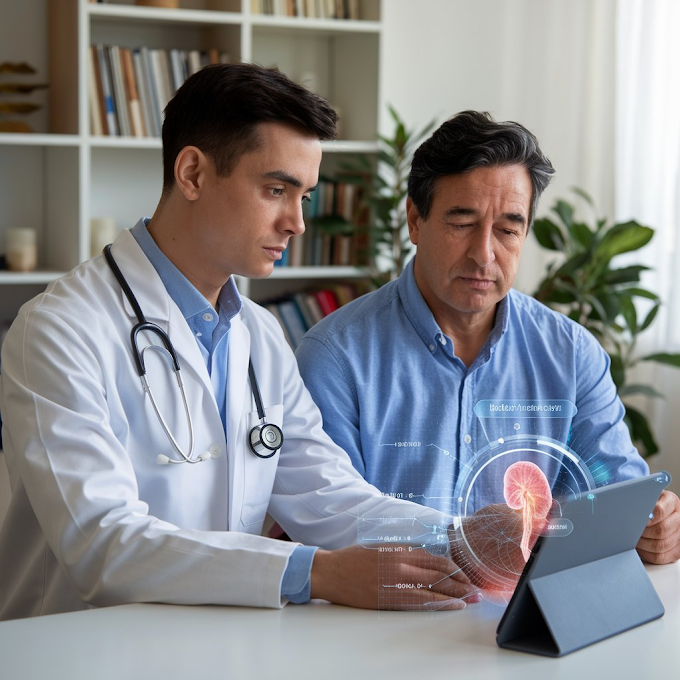The convergence of telehealth and the Internet of Things (IoT) is reshaping the landscape of diabetes care. By seamlessly integrating remote monitoring devices and digital health platforms, this powerful duo is empowering individuals with diabetes to take control of their health and achieve better outcomes.
Understanding the Synergy
- Telehealth: This technology enables remote healthcare delivery, allowing patients to consult with healthcare providers virtually.
- IoT: This refers to the network of interconnected devices that collect and exchange data. In the context of diabetes care, IoT devices include continuous glucose monitors (CGMs), insulin pumps, and smart scales.
Key Benefits of Telehealth and IoT in Diabetes Care
-
Enhanced Remote Monitoring:
- Real-time Data: IoT devices continuously collect vital health data, such as blood glucose levels, insulin dosages, and weight.
- Proactive Interventions: Healthcare providers can monitor patient data remotely and intervene early to prevent complications.
- Personalized Care Plans: Data-driven insights enable healthcare providers to tailor treatment plans to individual needs.
-
Improved Patient Engagement:
- User-Friendly Apps: Mobile apps make it easy for patients to track their health metrics, set reminders, and communicate with healthcare providers.
- Gamification: Incorporating game-like elements can motivate patients to adhere to their treatment plans.
- Community Building: Online forums and social media groups provide opportunities for peer support and knowledge sharing.
-
Reduced Healthcare Costs:
- Fewer Hospitalizations: Proactive monitoring and timely interventions can reduce the risk of severe hypoglycemic or hyperglycemic episodes, leading to fewer hospitalizations.
- Efficient Resource Utilization: Remote consultations and data-driven decision-making can optimize healthcare resource allocation.
-
Empowered Patients:
- Self-Management: Patients can actively participate in their care by tracking their health metrics and making informed decisions.
- Increased Confidence: Continuous monitoring and support from healthcare providers can boost patient confidence in managing their condition.
Challenges and Considerations
- Data Security: Protecting sensitive health information is paramount. Robust cybersecurity measures must be implemented to safeguard patient data.
- Device Interoperability: Ensuring seamless communication between different IoT devices and healthcare platforms is essential.
- Digital Divide: Access to technology and reliable internet connectivity may vary among individuals, potentially limiting the benefits of telehealth and IoT.
The Future of Diabetes Care
As technology continues to advance, the integration of telehealth and IoT holds immense promise for improving diabetes care. By leveraging AI-powered analytics, predictive modeling, and wearable devices, we can envision a future where diabetes is effectively managed, and complications are minimized.\
Conclusion
However, it's crucial to address challenges such as data security, device interoperability, and the digital divide to ensure equitable access to these technologies. By overcoming these obstacles, we can harness the full potential of telehealth and IoT to transform diabetes care into a more efficient, effective, and patient-centered approach.







